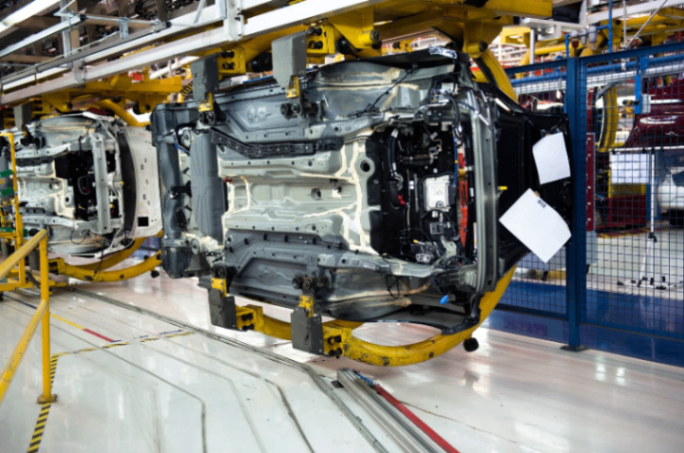Czech industry remains in recession
Economic commentary by Jakub Seidler, Chief Economist of the CBA

Industrial production fell by 3.4% year-on-year in June, while the analysts' consensus according to Reuters expected an annual decline of 2.9% (chart 1). The year-on-year decline was thus slightly deeper than the 3.2% in May. The figures are adjusted for differences in the number of working days, of which there were 2 fewer this June. Unadjusted, the industry thus fell by 9% yoy. The main contributors to the decline in the industry were again the production of automobiles, other transport equipment and machinery. In the case of autos, however, the high comparative base from last year is also at work. New orders rose by 6% month-on-month and even by 10% in the automotive sector, with new orders in the German industry also surprising favourably. The June figures did provide some positive signals regarding future developments, although domestic industry has fallen short of expectations this year, declining by 1.6% year-on-year in the first half of the year, whereas estimates from the edge of the year had predicted a slight increase.
On a month-on-month basis (seasonally adjusted), the industry grew by 0.7% in June, after declining noticeably by 2.2% in May. Month-on-month momentum has generally been noticeably choppy this year, ranging from -3.1% in January to +2.1% in February. Manufacturing of metal structures (+2.2% mom), motor vehicles (+1.2% mom) or machinery (+2.4% mom) contributed the most to the June growth, while manufacturing of computers and electronics (-8.5% mom) or manufacturing of plastic products (-1.7% mom) contributed the most to the decline.
In year-on-year terms, the industry fell by a strong 3.4% (-3.2% in May -3.2%), the most significant decline since last September. This is a calendar-adjusted figure, unadjusted, the decline was 9% yoy, as this June had two fewer working days than last June. Auto production was the largest contributor to the decline, falling by 7.9% (Chart 2), the weakest yoy development in two years. Unadjusted, the year-on-year decline was 15%. On the other hand, in the case of the automotive sector, the high comparative base plays a role, as the second highest number of cars produced last year was produced in June (Chart 3), and this effect will fade from next month onwards. On a year-on-year basis, the machinery and other transport equipment manufacturing sector declined more significantly, as in the previous month.
New orders rose by 6% month-on-month in June, while foreign ones rose by 7%. New automotive orders drove most of this, adding as much as 10% month-on-month. Although this is growth in nominal terms, it is one of the highest increases this year. On a year-on-year basis, new orders have thus returned to modest growth after having been largely flat in May (chart 4).
June's German industry numbers will be released tomorrow and will be closely watched as May's disappointed appreciably. However, the new industrial orders for June, released today, were a significant positive surprise, rising 3.9% month-on-month while the consensus was expecting only a modest 0.5% growth. Thus, today's figure gives slight positive hope that the very weak May number was indeed partly due to more May holidays. Overall, however, the latest data from Germany does not bring much positive expectations, from leading indicators to a slight decline in Q2 GDP.
June's industrial numbers thus confirmed earlier signals from leading indicators that domestic industry is struggling with weak production and remains in recession. In the first half of the year, the industry contracted by 1.6% year-on-year. However, if we were to find something positive in today's figures, it would be the growth in new orders, especially from abroad, and the fact that the high comparative base for cars will subside in the coming months and the year-on-year figures should improve.